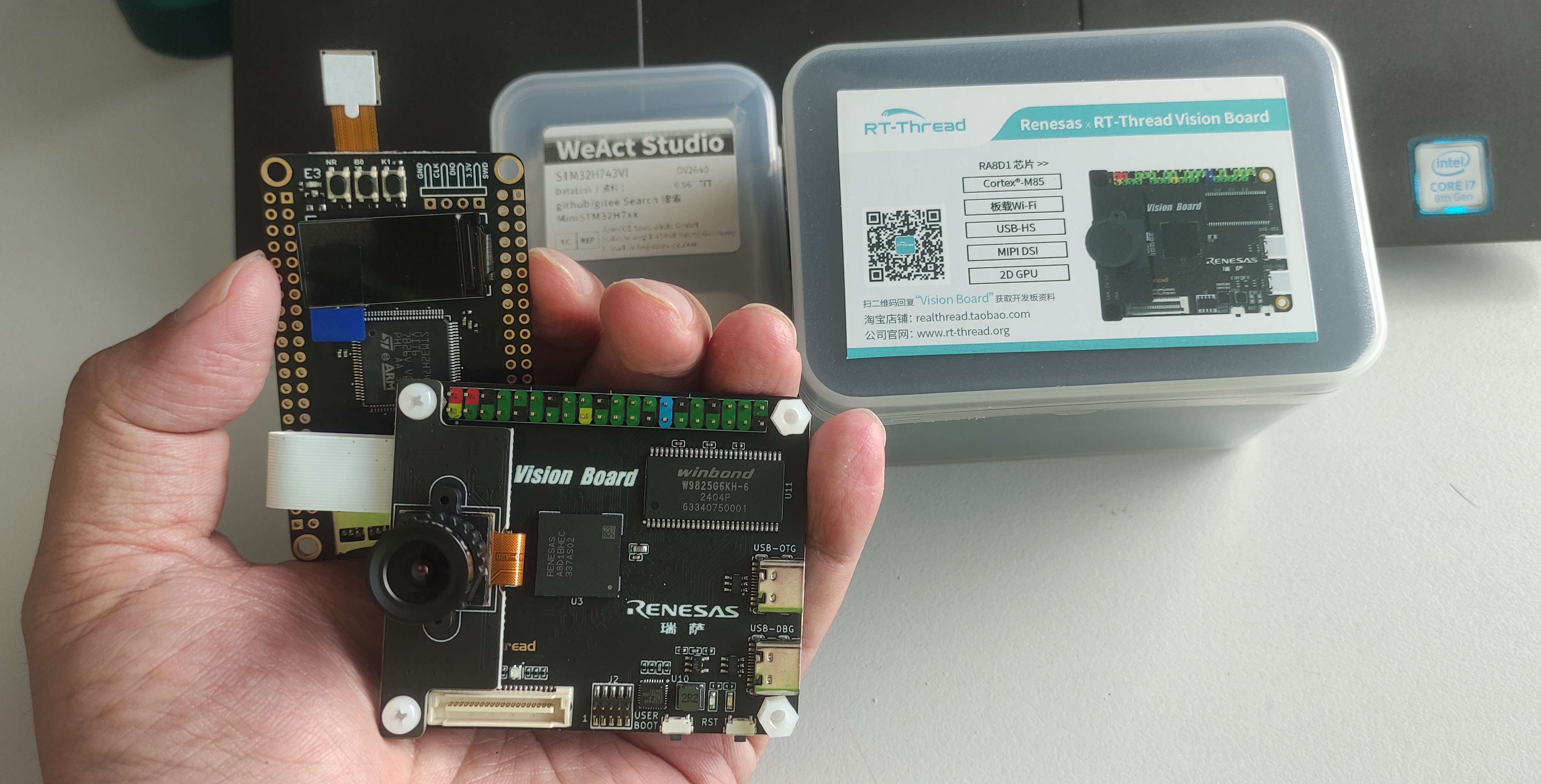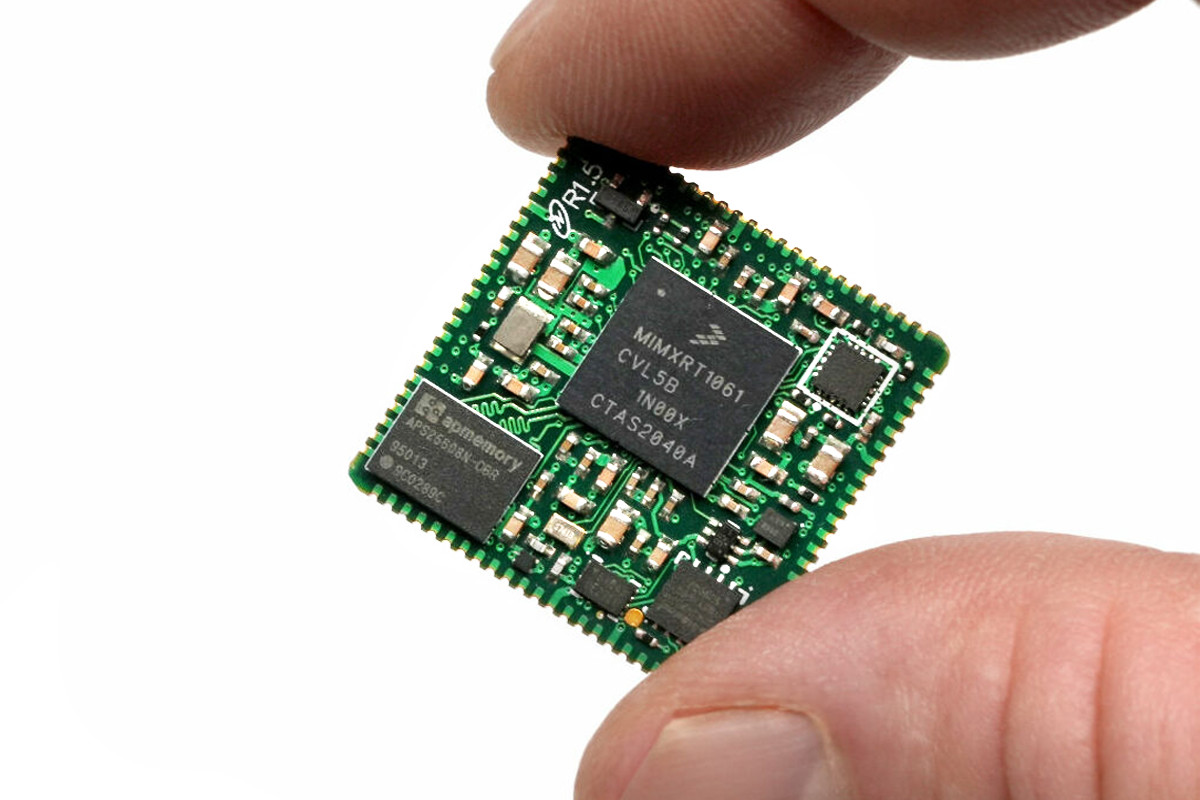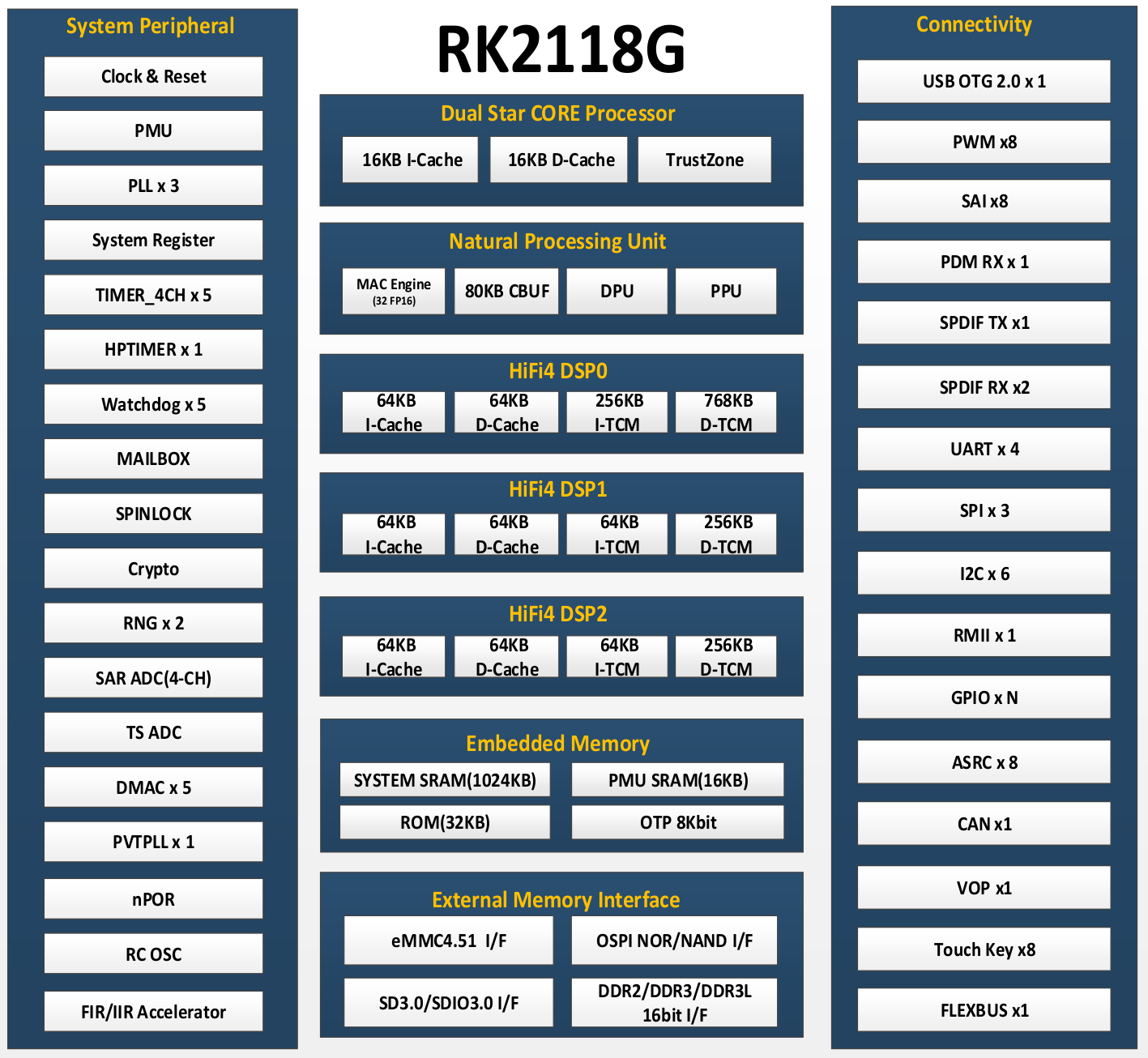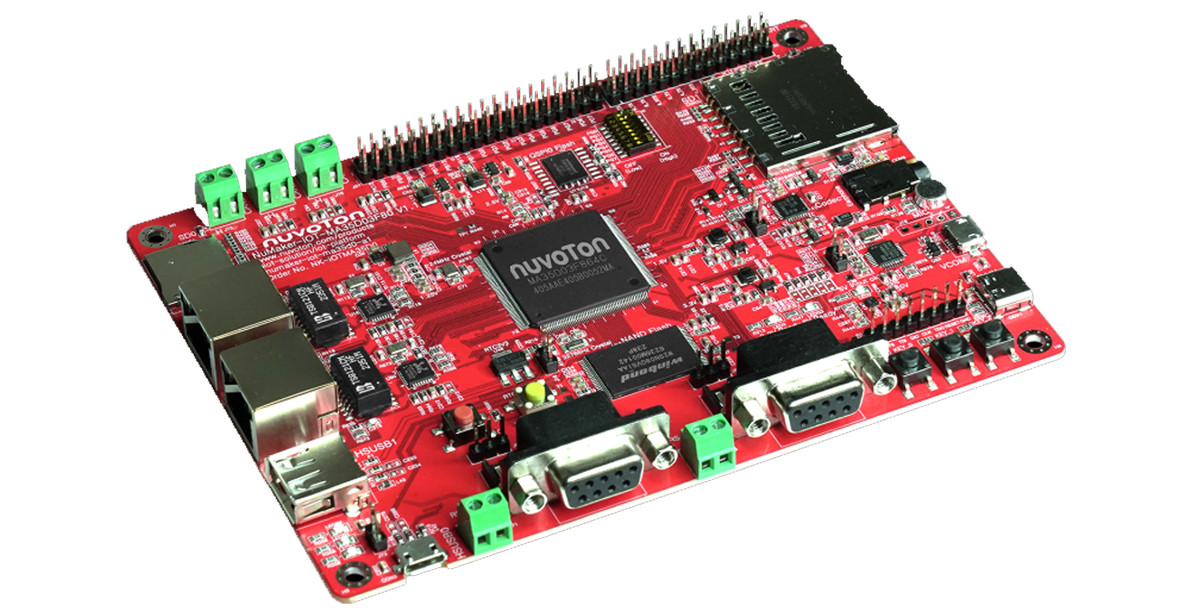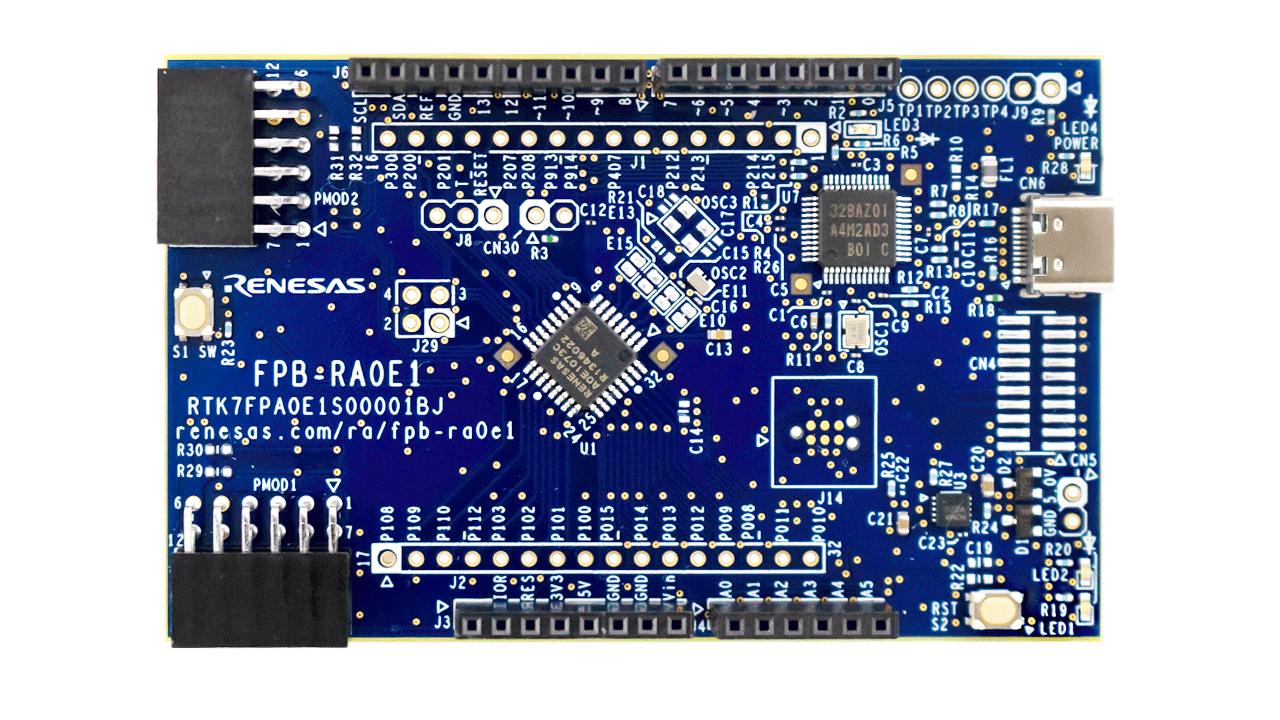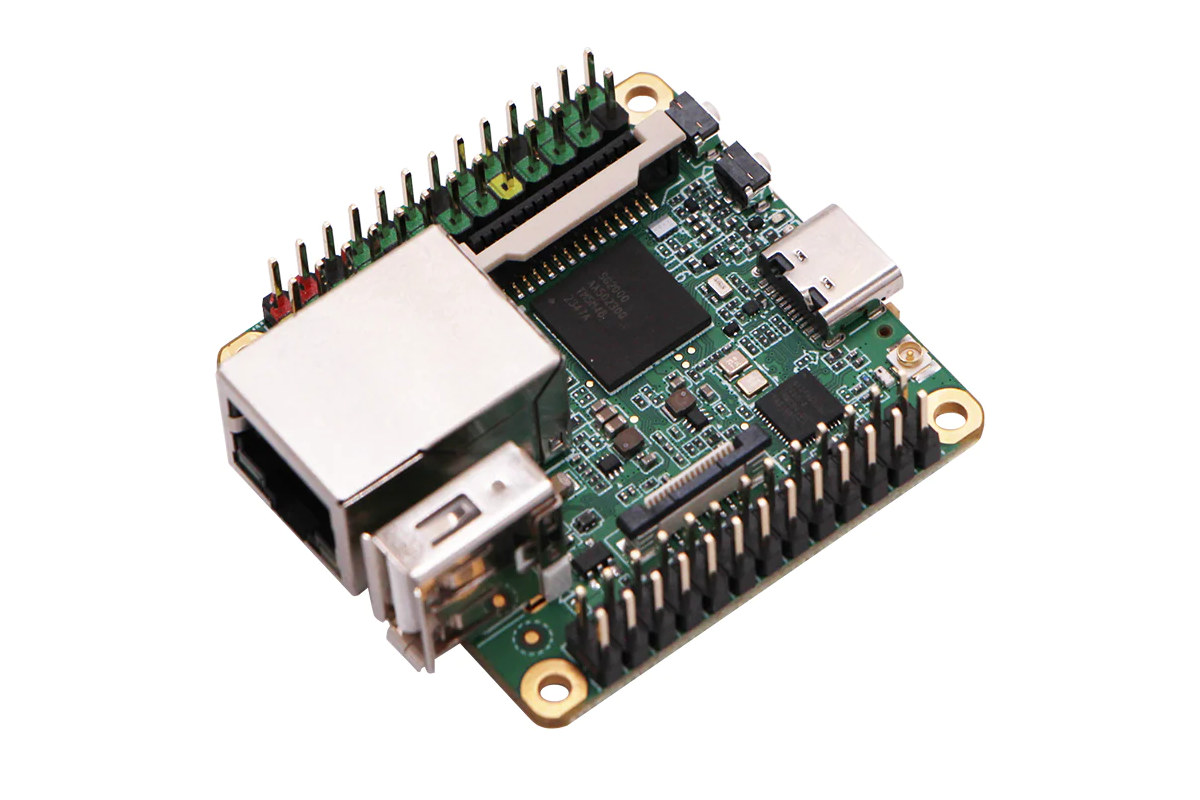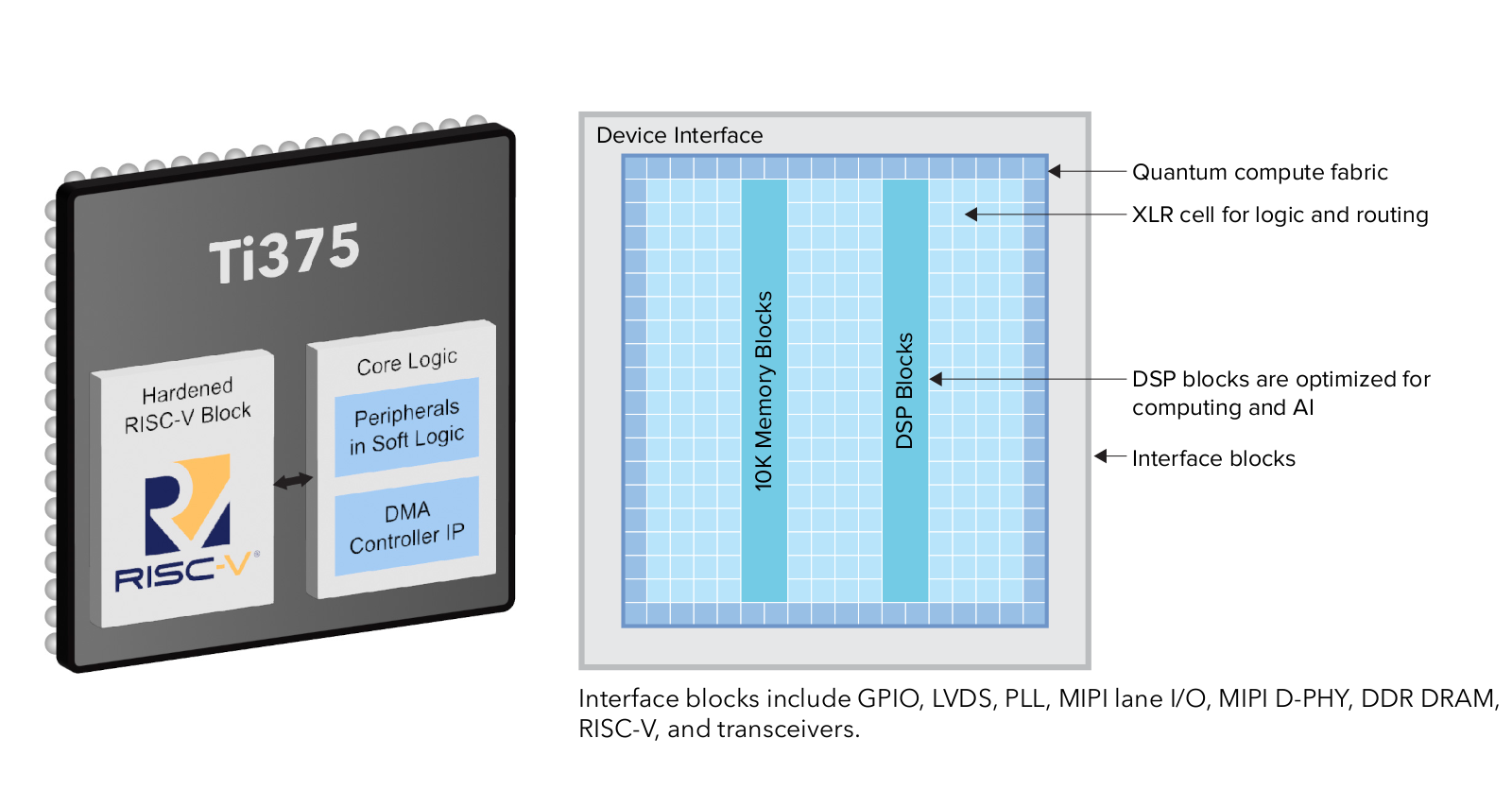I am always interested in real-time operating systems (RTOS) for microcontrollers (MCUs) with my past backgrounds in µC/OS-II, mbed, and FreeRTOS. When the opportunity arose to get my hands on the RT-Thread Vision Board, thanks to the RT-Thread team and CNX Software, I was excited to check it out. This board, a collaboration between RT-Thread and Renesas, packs a powerful Renesas RA8D1 Cortex-M85 MCU and comes pre-loaded with OpenMV firmware. OpenMV’s MicroPython engine lets you jump right into embedded vision development, perfect for experimenting with computer vision tasks. But the real power lies in RT-Thread’s ability to handle tasks very quickly, which we’ll explore with C/C++ development in part two. This first part will focus on getting you familiar with the hardware using the OpenMV firmware, making it a smooth entry point for beginners. Plus, I have a collection of other Renesas evaluation boards, so you can bet I’ll be […]
NetBurner SOMRT1061 – A stamp-sized dual Ethernet SoM powered by NXP’s i.MX RT1061 crossover processor
The NetBurner SOMRT1061 is a System-on-Module (SoM) that comes in a very compact stamp-sized footprint that measures just 25.4mm x 25.4mm, yet boasts a rugged design and 67 usable GPIO pins with edge connectors. These features make this SoM ideal for a wide range of medical, industrial, and robotics applications. The SoM is built around the NXP’s i.MX RT1061 Arm Cortex M7 SoC, and features 1MB of internal SRAM, 32MB of external RAM, and 8MB of flash storage. It also features dual 10/100M Ethernet with PTP, an on-die temperature sensor, three FlexIO modules, two USB OTG 2.0 controllers, I2C, SPI, ADC, SD Card, CAN, UART, and many more. NetBurner SOMRT1061 System-on-Module (SOM) Specifications SoC – NXP i.MX RT1061 Arm Cortex-M7 @ 528MHz. Memory 1MB SRAM on the processor 32MB of external RAM Storage Flash – 1MB boot, 8MB application SDHC – Flash card interface Ethernet Up to two 10/100 Ethernet […]
Rockchip RK2118G/RK2118M dual-core Star-SE Armv8-M microcontrollers target smart audio applications
Rockchip RK2118G and RK2118M smart audio microcontrollers based on a dual-core Star-SE Armv8-M processor, an NPU for smart AI audio processor, three DSPs, 1024KB SRAM, optional DDR memory in package, and a range of peripherals. I first noticed the RK2118M in slides from the Rockchip Developer Conference 2024 last March, but I did not have enough information for an article at the time. Things have now changed since I’ve just received a bunch of datasheets including the one for the RK2118G and RK2118G microcontrollers, which look identical except for the DDR interface and optional built-in 64MB RAM for the RK2118G. The datasheets have only one reference to Arm with the string “Arm-V8M” and nothing else, and Cortex is not mentioned at all. But the slide above reveals the STAR-SE core looks to be an Arm Cortex-M33 core. We also learn the top frequencies for the “STAR-M33″/”STAR-SE” core (300MHz) and the […]
Nuvoton NuMicro MA35D0 is a low-cost dual-Core Arm Cortex-A35 microprocessor for industrial edge applications
The Nuvoton NuMicro MA35D0 series is a cost-effective, dual-core Arm Cortex-A35 MPU designed specifically for edge IoT applications. The specifications of this MPU are very similar to the Nuvoton MA35H0, and it looks more like a low-power low-cost version of the NuMicro MA35D1. The MPU features integrated, stacked DDR SDRAM options (128MB or 256MB) to reduce PCB complexity and BOM costs. It also offers some security options with Arm TrustZone, secure boot, cryptographic accelerators, and a True Random Number Generator, making it ideal for industrial applications. The MPU also offers various peripherals and connectivity options including 2x Fast Ethernet (IEEE 1588 v2) interfaces, high-speed USB, SD3.0/eMMC, three CAN FD, eleven UART, and more. Additionally, the MA35D0 MPU supports touchscreens and a TFT LCD controller with resolutions up to 1280×800. Nuvoton NuMicro MA35D0 Series specifications: CPU Sub-system 2x Arm Cortex-A35 cores running at up to 650 MHz L1 Cache – 32 Kbytes instruction […]
Renesas RA0 Cortex-M23 MCU series target power and cost-sensitive applications
Renesas has announced the new low-power RA0 microcontroller series based on the power-efficient Arm Cortex-M23 core and the entry-level RA0E1 Group in the series. According to Renesas, the RA0 microcontrollers offer the “industry’s lowest overall power consumption for general-purpose 32-bit MCUs.” With a current consumption of 84.3 μA/MHz in active mode and only 0.82 mA in sleep mode, these microcontrollers are built to provide ultra-low power consumption. They also offer a Software Standby mode where the CPU, peripheral functions, and internal oscillators cease to operate. This mode reduces power consumption further by 99% down to 0.20 µA. They also come with a high-precision, High-speed On-Chip Oscillator (HOCO) for fast wake-up. The Cortex-M23 core is based on the Armv8-M instruction set and offers a maximum clock frequency of 32 MHz, with up to 64KB of code flash memory and 12KB SRAM for storing application code and data. This feature set makes […]
Arm Ethos-U85 NPU delivers up to 4 TOPS for Edge AI applications in Cortex-M7 to Cortex-A520 SoCs
Arm has just Introduced its third-generation NPU for edge AI with the Arm Ethos-U85 that scales from 256 GOPS to 4 TOPS or up to four times the maximum performance of the previous generation Ethos-U65 microNPU, while also delivering 20% higher power efficiency. While previous Arm microNPUs were paired with Cortex-M microcontroller-class cores potentially embedded into a Cortex-A application processor, the new Ethos-U85 can be married with Cortex-M microcontrollers and Cortex-A application processors up to the Cortex-A510/A520 Armv9 cores. Arm expects the Ethos-U85 to find its way into SoC designed for factory automation and commercial or smart home cameras with support for the new Transformer Networks and the more traditional Convolutional Neural Networks (CNNs). The Arm Ethos-U85 supports 128 to 2,048 MACs with performance ranging from 256 GOPS to 4 TOPS at 1 GHz, embeds 29 to 267KB RAM, offers SRAM, DRAM, and flash interface for external memory, and up […]
Duo S RISC-V/Arm SBC features Sophgo SG2000 SoC, Ethernet, WiFi 6, and Bluetooth 5 connectivity
Shenzhen MilkV Technology’s Duo S is a tiny SBC based on the 1 GHz Sophgo SG2000 Arm Cortex-A53 and RISC-V SoC with 512MB DDR3 (SiP), Fast Ethernet, WiFi 6, and Bluetooth 5 connectivity, and a switch to select Arm or RISC-V architecture before powering the board. We already had covered SG2002 Arm/RISC-V boards with 256MB RAM, namely the LicheeRV Nano and Duo 256M, but for people needing more memory, the Duo S provides another option that also features two 2-lane MIPI CSI connectors, a USB 2.0 host port, and two 26-pin headers for expansion. Its form factor reminds me of FriendlyELEC’s NanoPi NEO and family powered by Allwinner processors that were introduced a few years ago. Duo S specifications: SoC – SOPHGO SG2000 Main core – 1 GHz 64-bit RISC-V C906 or Arm Cortex-A53 core (selectable) Minor core – 700 MHz 64-bit RISC-V C906 core Low-power core – 25 to […]
Efinix Titanium Ti375 FPGA offers quad-core hardened RISC-V block, PCIe Gen 4, 10GbE
Efinix Titanium Ti375 SoC combines high-density, low-power Quantum compute fabric with a quad-core hardened 32-bit RISC-V block and features a LPDDR4 DRAM controller, a MIPI D-PHY for displays or cameras, and 16 Gbps transceivers enabling PCIe Gen 4 and 10GbE interfaces. The Titanium Ti375 also comes with 370K logic elements, 1.344 DSP blocks, 2,688 10-Kbit SRAM blocks, and 27,53 Mbits embedded memory, as well as DSP blocks optimized for computing and AI workloads, and XLR (eXchangeable Logic and Routing) cells for logic and routing. Efinix Titanium Ti375 specifications: FPGA compute fabric 370,137 logic elements (LEs) 362,880 eXchangeable Logic and Routing (XLR) cells 27,53 Mbits embedded memory 2,688 10-Kbit SRAM blocks 1,344 embedded DSP blocks for multiplication, addition, subtraction, accumulation, and up to 15-bit variable-right-shifting Memory – 10-kbit high-speed, embedded SRAM, configurable as single-port RAM, simple dual-port RAM, true dual-port RAM, or ROM FPGA interface blocks 32-bit quad-core hardened RISC-V block […]


